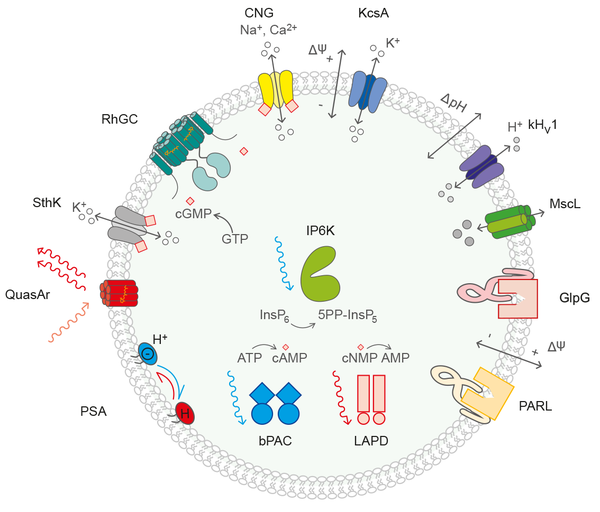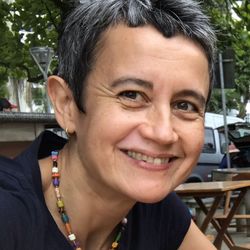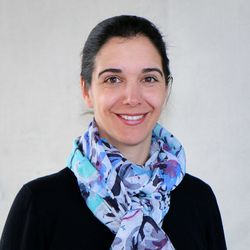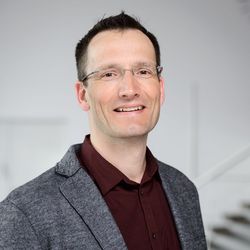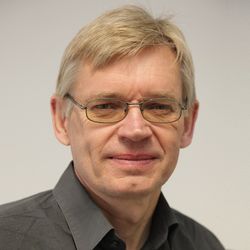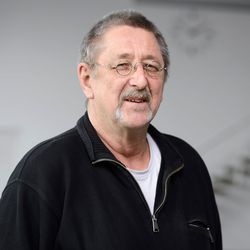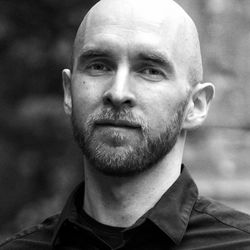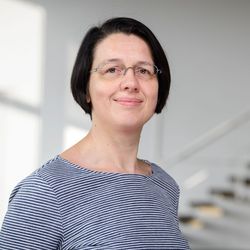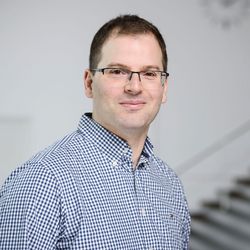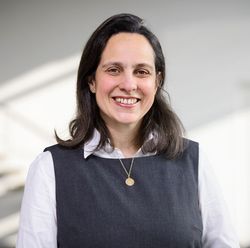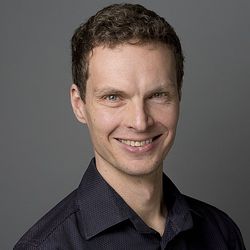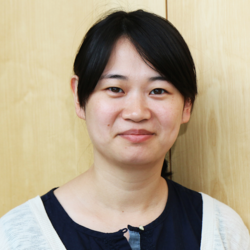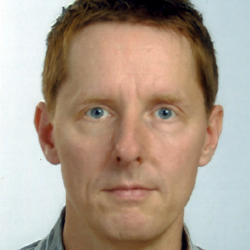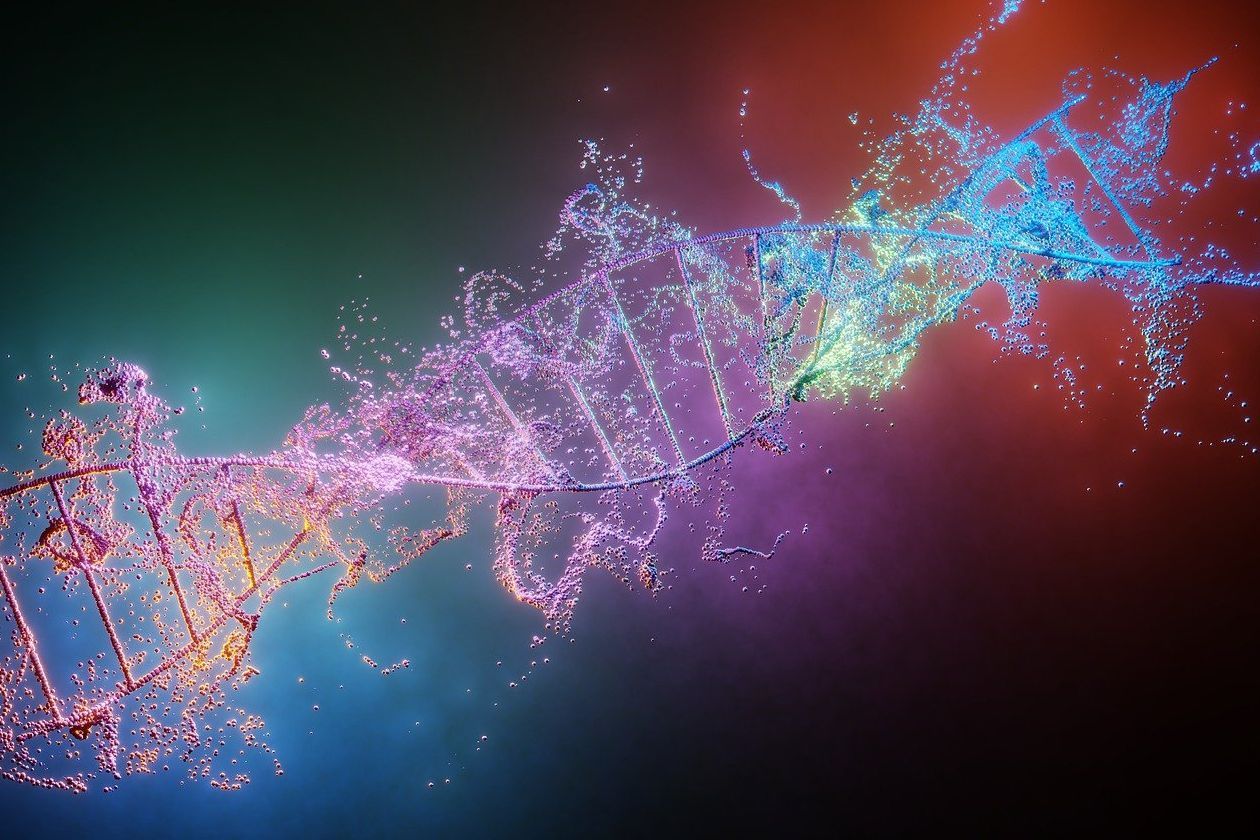

Unit E: Signal-controlled catalysis
Our challenge
The initiation and direct control of a complex catalytic system by chemical or physical stimuli (light, voltage, pressure) is envisaged. This has not yet been achieved in chemocatalysis but is common in biocatalytic reactions in cells. Unit E aims at understanding the underlying basic concepts to pave the way for the controlled manipulation of catalytic systems in vivo.
Our approach
In this Unit, we will focus on
- Natural and artificial multicomponent catalytic systems which are coupled to transport processes across membranes (vectorial catalysis).
- Biochemical reaction cascades involving small molecules such as cyclic nucleotides or inositol compounds (enzymatic catalysis).
- Initiating the process via a natural photoreceptor attached to an enzyme (e.g., a cyclase or phosphodiesterase) that activates the production or decomposition of cyclic nucleotides. These messengers subsequently trigger a nucleotidedependent ion channel to generate changes of the transmembrane voltage.
- Artificial photodependent proton sources in membranes will be used to generate pH/voltage gradients under light stimulation , triggering secondary catalytic processes via the activation of voltage/pHsensitive ion channels.
- Appropriate photoswitches acting as inhibitors only in one state will be employed to control the action of kinases generating inositol polyphosphates, a crucial step for unraveling this highly complex biocatalytic reaction sequence.
The ultimate goal is to transfer new approaches to biotechnological applications and to develop novel optogenetic tools in the neurosciences and cell biology.
Unit E shares the challenge of understanding the coupling of photoinduced and subsequent thermal reactions in Unit D, which in turn will support developing tailored photoswitches and caged compounds. Moreover, elucidating functional coupling between proteins represents a strong tie with Unit B and Unit C.
Team of Unit E
Robert Bittl
EPR spectroscopy
Rumiana Dimova
Membrane biophysics, synthetic biology
Dorothea Fiedler
Biological chemistry, photoswitchable kinases
Joachim Heberle
Time-resolved IR/SEIRA spectroscopy
Stefan Hecht
Synthesis and characterization of photoswitches
Peter Hegemann
Photoreceptor biochemistry and biophysics
Peter Hildebrandt
Raman spectroscopy (surface-sensitive, in situ)
Marius Horch
Ultrafast, multidimensional and in vivo vibrational spectroscopy
Janina Kneipp
Intracellular SER spectroscopy
Adam Lange
Solid-state NMR spectroscopy
Oliver Lenz
Biochemistry, enzyme engineering
Maria Andrea Mroginski
Theory (QM/MM, MD)
Henrike Müller-Werkmeister
(transient) 2D-IR, ultrafast UV-Vis spectroscopy
Juri Rappsilber
Cross-linking mass spectrometry
Patrick Scheerer
X-ray crystallography, XFEL
Ramona Schlesinger
Membrane protein expression and purification
Han Sun
Structure-based drug design, molecular dynamics simulations, NMR spectroscopy
Christian Teutloff
EPR and hyperfine spectroscopy
Tillmann Utesch
Computational chemistry / biology

